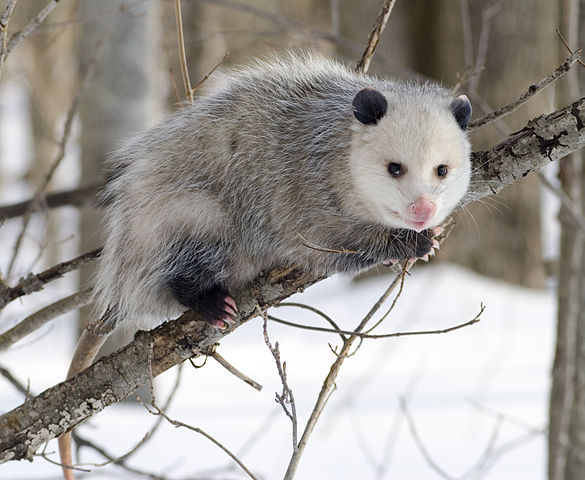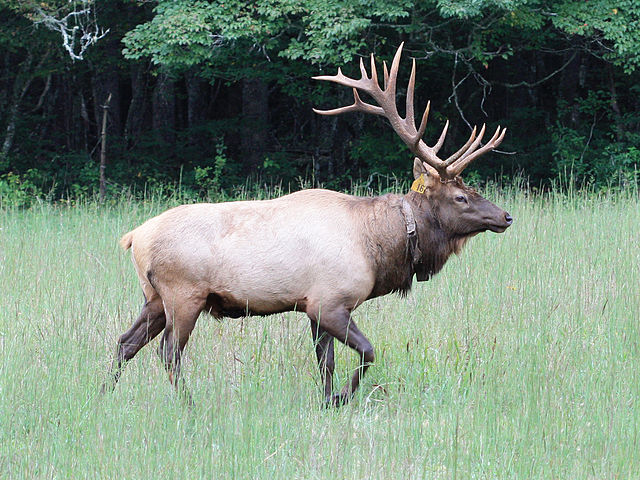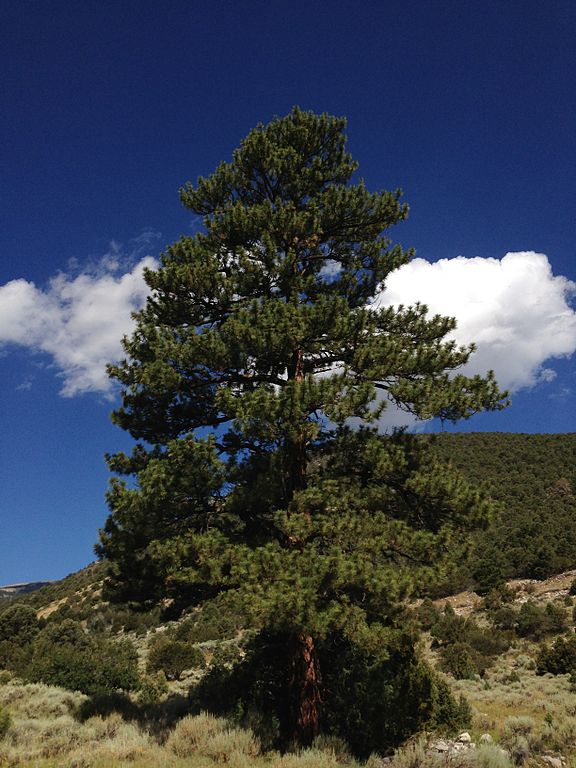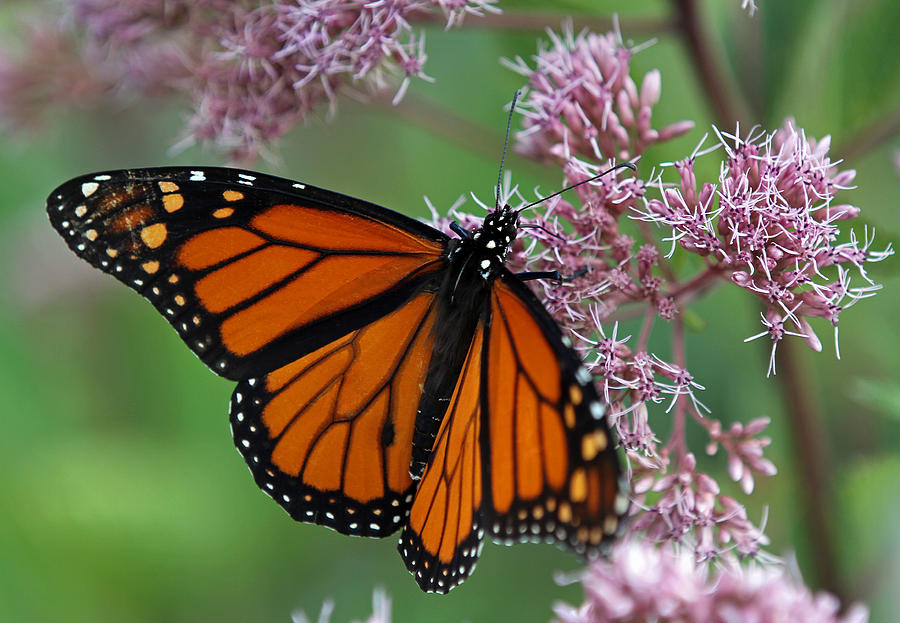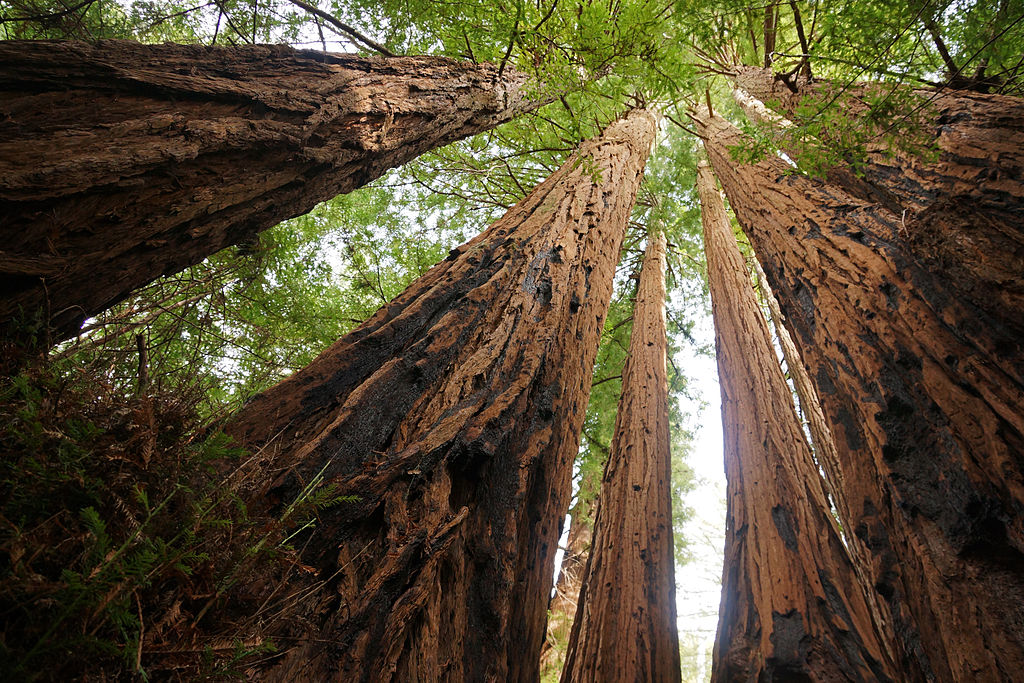TEMPERATE, TROPICAL, AND SUBTROPICAL CONIFEROUS FOREST
LOCATIONS
ECOLOGY POCKET GUIDE SUMMARY
Coniferous forests span a diverse range of climates, from the misty coastal rainforests of the Pacific Northwest to the drier pine forests of the southeastern United States and the tropical pine savannas of Central America. These forests are united by their evergreen trees—pines, spruces, firs, and cypresses—that retain their needles year-round, allowing them to persist in conditions ranging from cold, snowy winters to tropical heat. For designers, coniferous forests exemplify resilience and adaptability through their varied growth forms, efficient nutrient use, and fire-adapted traits. The tall, straight trunks and layered canopies of temperate conifers inspire vertical design and the use of renewable materials, while the open structure of tropical coniferous forests highlights the importance of designing for airflow and heat management. These ecosystems also teach us about fire resilience, as many coniferous species rely on fire to open their cones and trigger new growth, suggesting strategies for designing buildings and landscapes that are not just fire-resistant but fire-adaptive.
ECOSYSTEM FRAMEWORK
Temperate, Tropical, and Subtropical Coniferous Forest Ecoregion
Abiotic Components: This ecoregion covers a wide range of climatic zones, including temperate, tropical, and subtropical regions. Temperate coniferous forests experience cold winters and mild summers with moderate to high precipitation, often in the form of snow in northern latitudes. Tropical and subtropical coniferous forests are characterized by warm temperatures and distinct wet and dry seasons. Soils are typically acidic and low in nutrients, due to the slow decomposition of needle litter and the leaching effects of rainfall.
Biotic Components: The dominant vegetation in this ecoregion includes evergreen coniferous trees such as pines (Pinus spp.), firs (Abies spp.), spruces (Picea spp.), cedars (Cedrus spp.), and cypresses (Cupressus spp.). The understory varies significantly depending on climate and moisture levels, ranging from dense shrubs and mosses in wetter forests to sparse grasses and herbaceous plants in drier areas. Wildlife includes a range of herbivores like deer and hares, as well as carnivores such as wolves, bears, and foxes in temperate regions. Tropical coniferous forests are home to unique species like the pygmy three-toed sloth and a variety of reptiles.
Trophic Structure: The trophic structure is dominated by the tall coniferous trees that form the primary producers, supporting a variety of herbivores like small mammals, deer, and insects. Birds, such as woodpeckers and owls, are common, using the dense canopy for nesting and feeding on insects and small mammals. Predators like wolves, bears, and large cats play a key role in maintaining the balance of herbivore populations, while decomposers such as fungi and beetles break down fallen needles and woody debris, cycling nutrients back into the soil.
Nutrient Cycles: Nutrient cycling in coniferous forests is slower compared to other biomes, due to the acidic and resinous nature of needle litter, which decomposes more slowly. This leads to the accumulation of organic matter on the forest floor, creating a thick layer of humus. Fire plays an essential role in nutrient release, especially in fire-adapted species like pines that require high temperatures to open their cones and release seeds. Water availability also varies, influencing nutrient leaching and uptake depending on the season and geographic location.
Interactions: Interactions in coniferous forests are shaped by competition for light, especially in dense stands of trees. Shade-tolerant understory plants, such as ferns and mosses, thrive in low-light conditions, while sun-loving pioneer species establish themselves after disturbances like fires or windstorms. Mutualistic relationships are also common, such as those between mycorrhizal fungi and conifer roots, enhancing nutrient absorption. Fire-adapted species like the lodgepole pine (Pinus contorta) have serotinous cones that open in response to heat, ensuring regeneration in fire-prone areas.
Adaptation and Resilience: Coniferous forests are highly resilient to a range of disturbances, from fire to snow loading and drought. Many conifer species have thick bark to protect against fire, flexible branches that shed snow, and needle-like leaves that reduce water loss. These adaptations enable coniferous trees to dominate in both high-stress environments, such as cold mountainous regions, and in fire-prone landscapes. Understanding these adaptations offers valuable insights for designing structures and materials that are both flexible and resistant to environmental stressors.
System Boundaries and Scale: Temperate, tropical, and subtropical coniferous forests are found across a broad latitudinal range, including the Pacific Northwest, the southeastern United States, Central America, and parts of Europe and Asia. The extent of these forests is shaped by altitude, latitude, and rainfall patterns, transitioning into broadleaf forests at lower elevations or shrublands in drier regions. The scale of these ecoregions is immense, providing critical habitat for many species and playing a significant role in global carbon and water cycles.
Additional Ecologically Integrated Design Considerations
Collaborate across property boundaries to form biological corridors as small patches have limited conservation value.
Allow for large home ranges of large carnivores
Keep in mind that some species are highly sensitive to logging and fragmentation of natural forests, particularly late-successional species
Many temperate forests require periodic fires to maintain successional processes
Large carnivores are highly sensitive to human activities, including low intensity hunting
This habitat is highly sensitive to logging and fragmentation
Introduced, exotic species can have significant impacts on natural forest communities
REFERENCES
Richardson, D. M., & Rundel, P. W. (1998). Ecology and Biogeography of Pinus: An Introduction. Ecology and Biogeography of Pinus. Cambridge University Press.
Agee, J. K. (1993). Fire Ecology of Pacific Northwest Forests. Island Press.
Lugo, A. E., & Scatena, F. N. (1992). Epiphytes and Canopy Dynamics in a Subtropical Wet Forest. Biotropica, 24(4), 515-523.
Zobel, D. B., McKee, A., Hawk, G. M., & Dyrness, C. T. (1976). Relationships of Environment to Composition, Structure, and Diversity of Forest Communities of the Central Western Cascades of Oregon. Ecological Monographs, 46(2), 135-156.
Veblen, T. T., Kitzberger, T., & Donoso, C. (1996). Ecology of Southern Chilean and Argentinean Nothofagus Forests. Ecology and Biogeography of Nothofagus Forests. Yale University Press.



